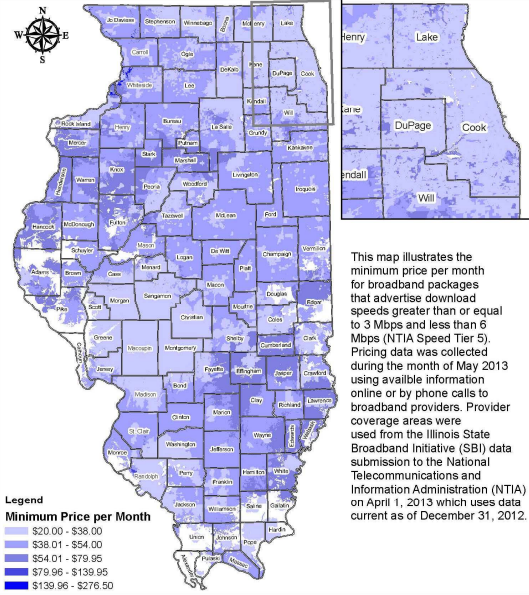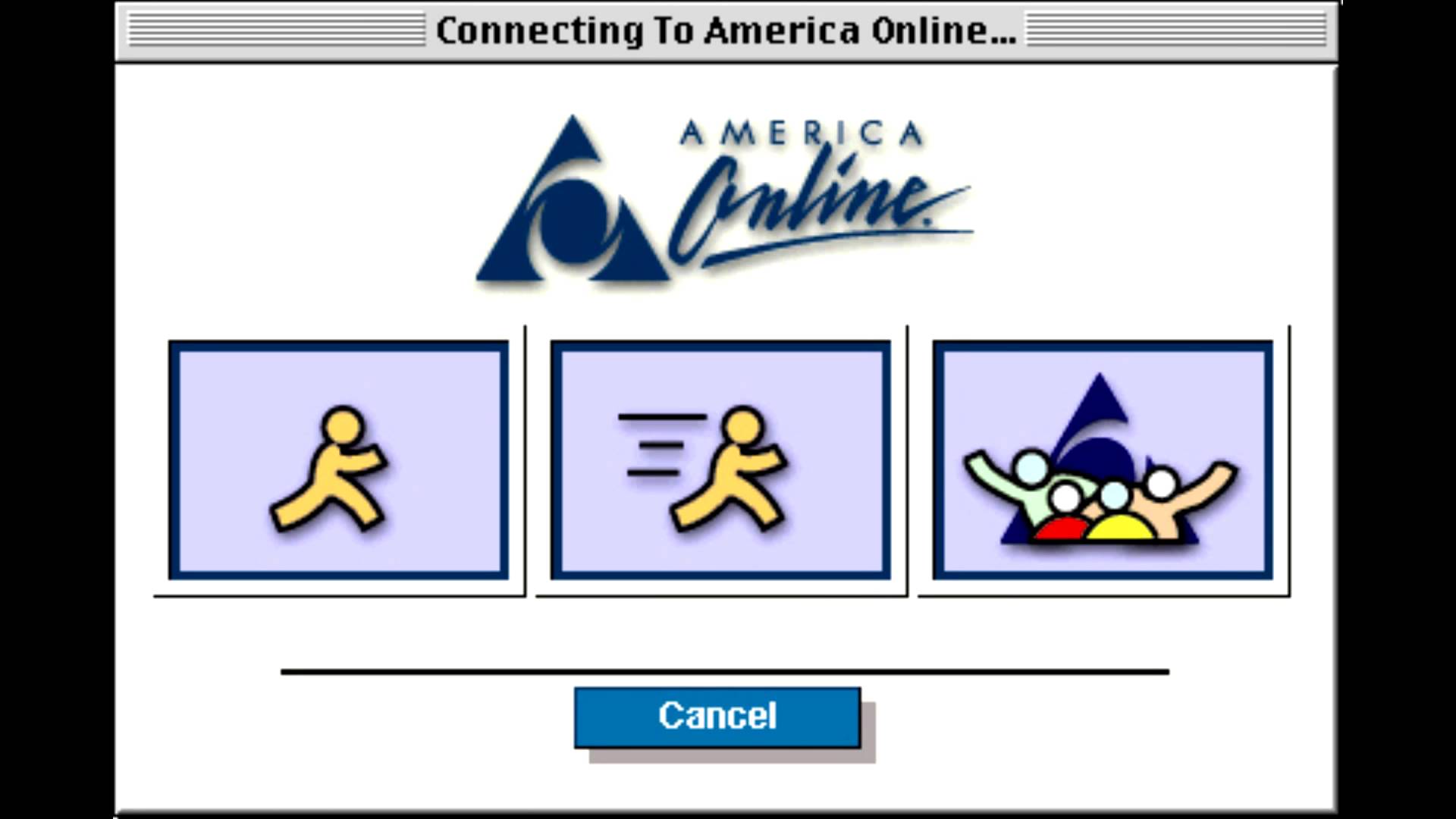Periodically the long-troubled internet dinosaur AOL has to report its earnings. Whenever it does, it reports a substantial number of paying subscribers—in the low millions, in recent years. And when that happens, broadband-reared young urbanite writers flame the company's dwindling base of subscribers like message-board users used to flame n00bz with AOL email addresses back in the day.
Today, for instance, this twerpy post has been piling up in my Twitter:
Notwithstanding the company's emphasis over the past decade or so on building content brands and selling advertisements, the actual business continues to be selling subscriptions to about 2.3 million suckers paying $20 a month for God-knows-what.
[snip]
But the reality is that selling subscriptions to people who forget to check their credit card bills isn't most of AOL's profits, it's more than all of their profits.
See, it's funny because AOL users are dumb. Every society has its hick jokes. And how: AOL subscribers are "zombies"; they're "tricked"; "suckers"; zombies (again).
But it's also possible that AOL users have their reasons. For instance, here's a map of available advertised download speeds in Illinois as of the end of last year. Dark green is the fastest; red is no broadband service at all, minus cellular and satellite access.
.jpg)
Rural downstate Alexander, one of the state's poorest counties, had no broadband access across most of the county, ditto with Union. And even these reasonably large swaths of broadbandless areas are in marked contrast to just two years ago.
But that's mere availability. What about cost? The Citizen's Utility Board reports that you can get unlimited local calls for $15 a month throughout Illinois. With AOL's average subscriber price, that adds up to $35 a month for all-you-can-download at dial-up speeds.
As of last year, you could beat that with broadband in much of Illinois, but not all. Here's the availability and price for 3-6 Mbps, which is in the ballpark for the minimum level needed to stream video (you can get broadband slower than that, but not in nearly as many places).

While accessibility has substantially increased in recent years, prices haven't fallen that much. In 2010, a Northwestern professor and telecom expert, Shane Greenstein, decided to find out if costs were coming down, as you might expect with massive adoption. But there's no official consumer price index for broadband. So Greenstein had to crunch the numbers himself. What he found was that the quality of service increased substantially, while the price decreased very modestly:
They began by poring over 1,500 contracts from different years and services, including both standalone agreements and bundled contracts, in which a user combines Internet with cable television and/or phone service. They found that, even though prices stayed relatively constant, the quality of service rose through the years—for example, in 2004 the median cable modem contract price was about $45 with an upload bandwidth of 3000 bits per second, while in 2009 the median contract cost $53 but had an upload bandwidth of 8000 bps.
Adjusting for quality, Greenstein found a price decline of three to ten percent. And those are broad-based numbers; rural broadband can still be expensive and bad, as Pantagraph columnist and Delavan, Illinois resident Alan Guebert found:
Moving just six miles from a small Central Illinois farm town to an even smaller, rural enclave in 2005 took the lovely Catherine and me from a drafty, big house on a leafy, wide street to a tighter, smaller house in a leafy, wide woods. Fabulous.
On the flip side, however, somewhere during that short move my computer crossed a digital divide that took it from a hardwired, $45-per-month DSL jet to a $90-a-month, horse-and-buggy satellite system that — nine years later! — continues to be powered by squirrels, operated by snails and owned by snakes.
This is why companies are able to cut deals with the FCC in which they promise to roll out broadband to rural areas in exchange for permission to pull off big mergers. When that doesn't happen, people fall back on dial-up.
Greenstein, for his part, has mixed feelings about this. He's disappointed in how slowly broadband rolled out on behalf of rural businesses; he's more skeptical that lack of broadband access, for households, is critical:
In some places satellite is the best available, or some fixed wireless solutions are available too. These can be ok but not great for many business needs, but it can also limit what a business can do. These issues also have been present for a while, so most of the businesses that really needed the speed simply left the areas where speeds were slow. As a country we just let it happen a many years ago, and, frankly, it will be hard to reverse at this point. (It made me sad at the time; I even spent some time doing research on the topic for a while, though I have stopped in the last few years.) Again, this is an interesting question, but only a crisis in the places where it matters, not a national level.
[snip]
The last serious study of the willingness to pay for speed was done at the end of 2009, as part of the national broadband plan. The study was definitive at the time, that only a few households were willing to pay for high speeds. But, of course, that was a while ago. What has changed since then? Well, arguably, demand for data-intensive stuff has risen. That is not coming from the growth in torrent. Recent data are pretty clear about that. It is coming from Netflix, YouTube, and Facebook. Once again, that is a great open question, but panic about speed does nothing to focus on that question. Instead, let’s study demand and whether it goes unsatisfied.
Looking at this is a whole, it's not too surprising to think that some significant percentage of AOL's two million-plus subscribers are not too stupid to do something else—that, in fact, AOL veterans are more homo economicus than the n00bz who make fun of them.



